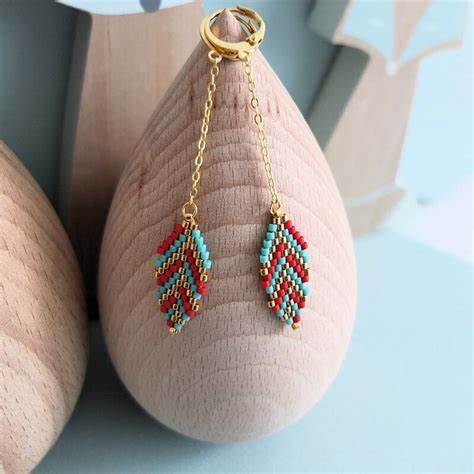
Miyuki beads are small, high-quality glass beads that have become increasingly popular among jewelry makers and beading enthusiasts. They are known for their uniformity in size and shape, making them perfect for creating intricate designs and patterns. With a vast array of colors and textures available, Miyuki beads offer endless possibilities for creating unique and eye-catching jewelry pieces. In this guide, we will explore the basics of combining Miyuki bead colors and textures to help you create stunning jewelry designs.
Understanding Color Theory
Color theory is an essential aspect of combining Miyuki bead colors. The color wheel is a tool that can help you identify which colors work well together. There are three primary colors: red, blue, and yellow. These colors cannot be made by mixing other colors. Secondary colors are created by mixing two primary colors. The secondary colors are orange (red and yellow), green (blue and yellow), and purple (red and blue). Tertiary colors are created by mixing a primary color with a secondary color. For example, red-orange is a tertiary color created by mixing red and orange.
Using Color Combinations
Once you understand the basics of color theory, you can begin to experiment with different color combinations. Complementary colors are opposite each other on the color wheel and create a striking contrast when paired together. Analogous colors are next to each other on the color wheel and create a harmonious color scheme. Monochromatic color schemes use different shades and tints of the same color to create a cohesive look.
Mixing Textures
Texture is another important element to consider when combining Miyuki bead colors. Mixing different textures can add depth and interest to your jewelry designs. Matte, metallic, and transparent finishes are just a few of the textures available in Miyuki beads. Consider combining matte and metallic beads for a subtle contrast, or pairing transparent beads with opaque beads to create a layered effect.
Creating Patterns
Miyuki beads are perfect for creating intricate patterns and designs. One popular pattern is the peyote stitch, which creates a flat, woven design. Another popular pattern is the brick stitch, which creates a more dimensional design. Experiment with different patterns and techniques to create unique and eye-catching jewelry designs.
Consider Your Audience
When combining Miyuki bead colors and textures, it is essential to consider your target audience. Are you creating jewelry for children or adults? Are you designing for a specific occasion, such as a wedding or formal event? Consider the preferences of your audience and design jewelry that will appeal to their tastes.
In conclusion, combining Miyuki bead colors and textures is a fun and creative process that allows you to express your personal style and create unique jewelry designs. By understanding the basics of color theory, experimenting with different color combinations and textures, and considering your audience, you can create stunning jewelry pieces that are sure to impress. With so many colors and textures available, the possibilities are endless. Happy beading!
Links
About Us
Our product
Gallery
Blog
Contact Us
Cookie Notice
Terms And Conditions
Service & Security Highlights
About
London Miyuki All rights reserved.
ZeplinGo® | Website Design Prepared with.



